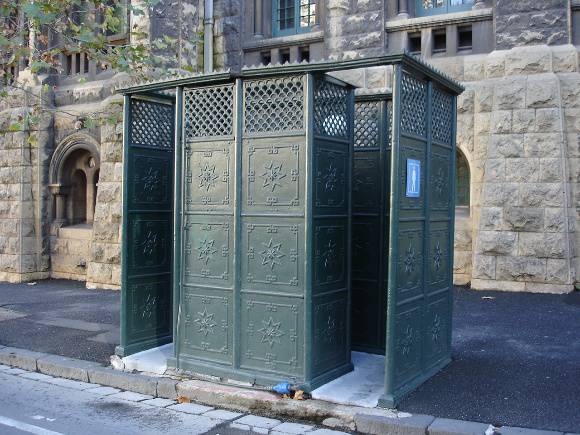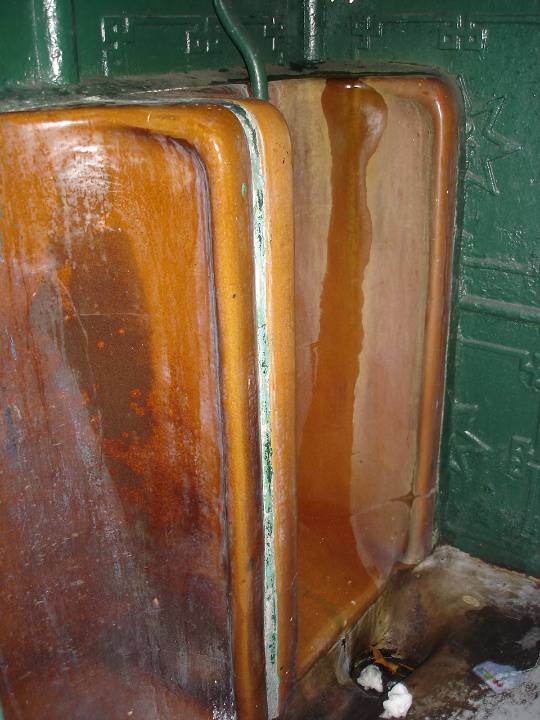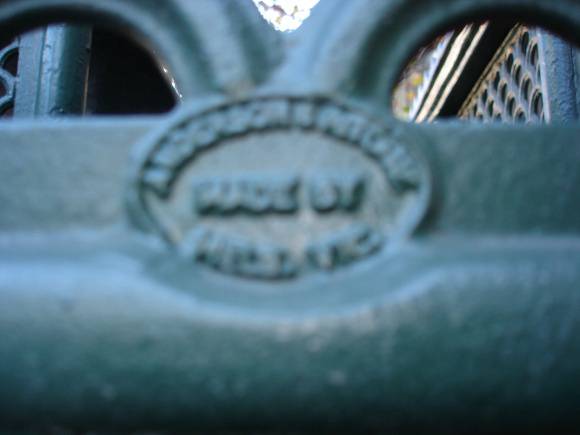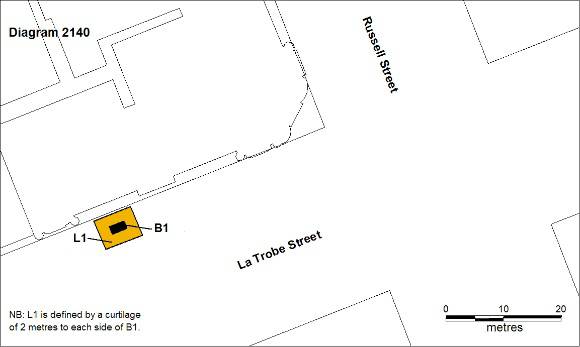| Back to search results » | Back to search page » |
|
CAST IRON URINAL
Other NamePublic urinal LocationLA TROBE STREET,MELBOURNE MELBOURNE CITY
File NumberPL-HE/03/1032LevelRegistered |
|
Statement of Significance
What is significant? The cast iron urinal in La Trobe Street is thought to have been placed there in 1913. It is one of more than forty erected by the Melbourne City Council between 1903 and 1918, of which eight remain, all still being used for their original purpose. The structures employed a prefabricated system which enabled the urinals to be assembled on site or dismantled and relocated if required. This occurred often, as their prominent locations in the streets sometimes offended contemporary standards of public decency. All of these urinals were cast by C Monteith & Sons, ironfounders, of South Melbourne, whose name plate is attached. Together with the new underground public toilets, built from 1902, they were connected to the new underground sewerage system, constructed by the Melbourne Metropolitan Board of Works from the 1890s and connected in the central city area in 1898.
How is it significant? The public cast urinal in La Trobe Street is of historical and architectural significance to the state of Victoria. Why is it significant? The cast iron urinal in La Trobe Street is historically significant as one of a number of such structures erected by the City of Melbourne between 1903 and 1918, which were among the first public toilets in the City connected to the new underground sewerage system. They are a reminder of Melbourne's transition from a smelly disease ridden city to a healthier, cleaner and more modern metropolis in the first two decades of the twentieth century. The provision of a much greater number of public facilities for men compared to women in the city is a reflection the continuing gender inequalities in Victorian society at the time. The cast iron urinal in La Trobe Street is of architectural significance as an example of an unusual building type and of early twentieth century civic design, demonstrating the elegant street furniture developed in Victoria at the time. Although serving a basic function, the urinals were still designed to be an attractive addition to the city streetscapes.
Group
Community Facilities
Category
Public Lavatory







